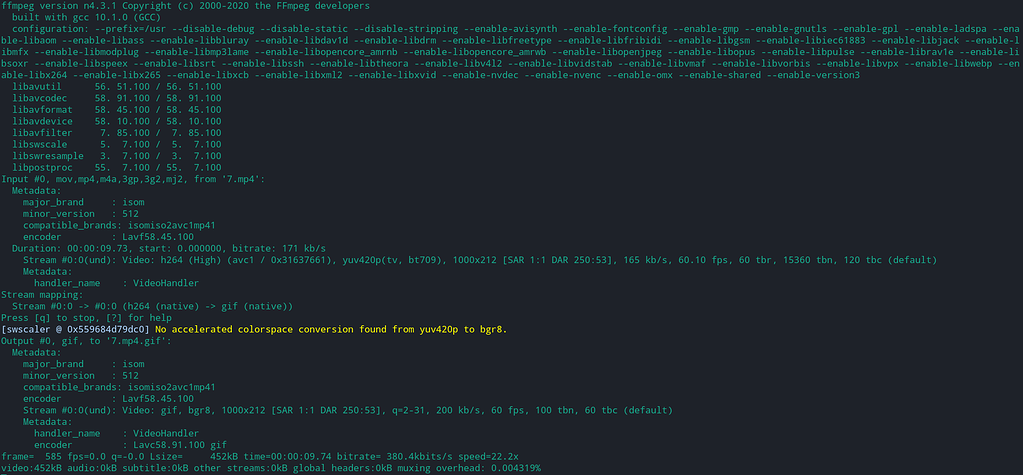

Resize the long side of your gif to ~500pixels. Play with that number to find something that works well for your GIF.Ĭlick Image>Image Size. You'll probably want to tweak the GIF timing select all your GIF frames and beneath them change 0 sec. Now click the play button and watch your GIF! If your GIF runs backwards click the hamburger button again and click 'reverse frames'. Now in the top right-hand corner of the timeline window click the three bars button (aka hamburger button), and click 'make frames from layers'.Īt the bottom left of the timeline now click the text that says 'once' and change it to 'forever'. Click the 'create frame animation button'. If it says 'create video timeline' click the dropdown and change to 'create frame animation'. A new area will open at the bottom of the screen. Add all the images from the folder 'GIF 1'. Open Photoshop, and click Files>Scripts>Load Files into Stack. In the action area select every other frame (hopefully 24 frames or fewer), and copy and paste those into a folder called 'GIF 1'. Delete everything before and after the action you want. This will create a folder with all the frames from your video. Make a directory called 'Frames', and run a ffmpeg command like: ffmpeg -i input-video.mp4 -q:v 1 frames/%09d.jpg Get ffmpeg installed (beyond the scope of this answer, memail me if you have questions). I like to use ffmpeg & Photoshop to create GIFs. Avoid gradients and texture solid colors are the way to go. Don't move the camera during the gif let the action happen with your object. Keep your framerate down 12 frames a second is a good starting point. Capture just the thing that you need to explain with the GIF. Best answer: The real trick with GIFs is keeping the number of frames and the resolution down.


 0 kommentar(er)
0 kommentar(er)
